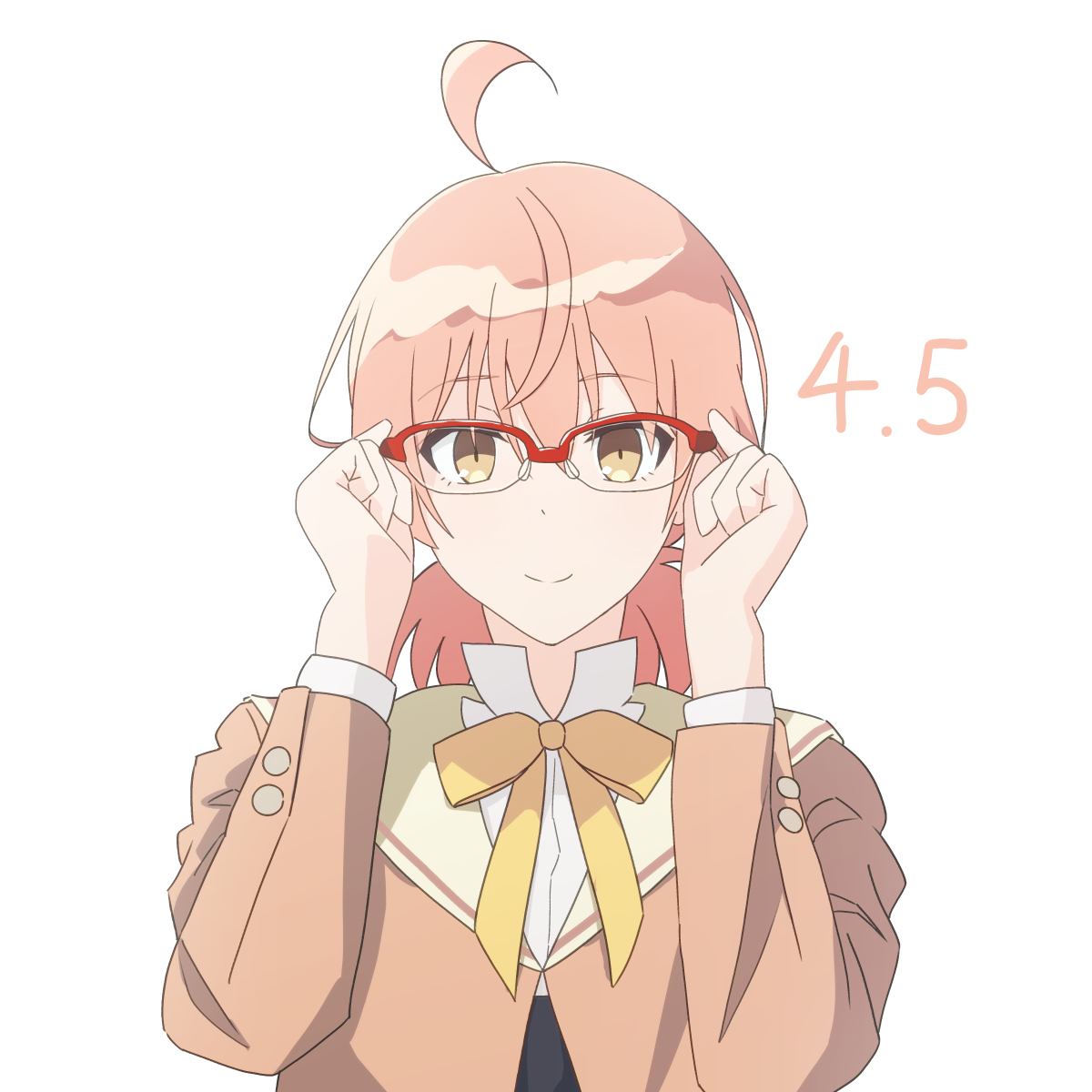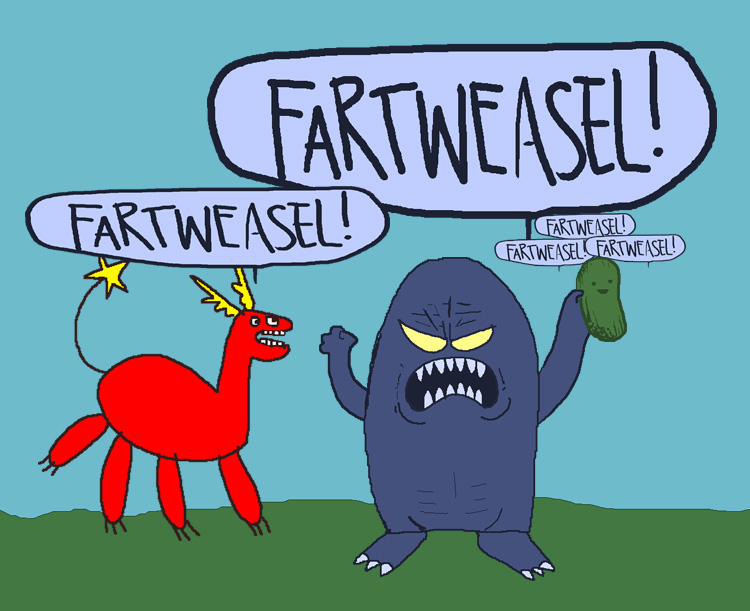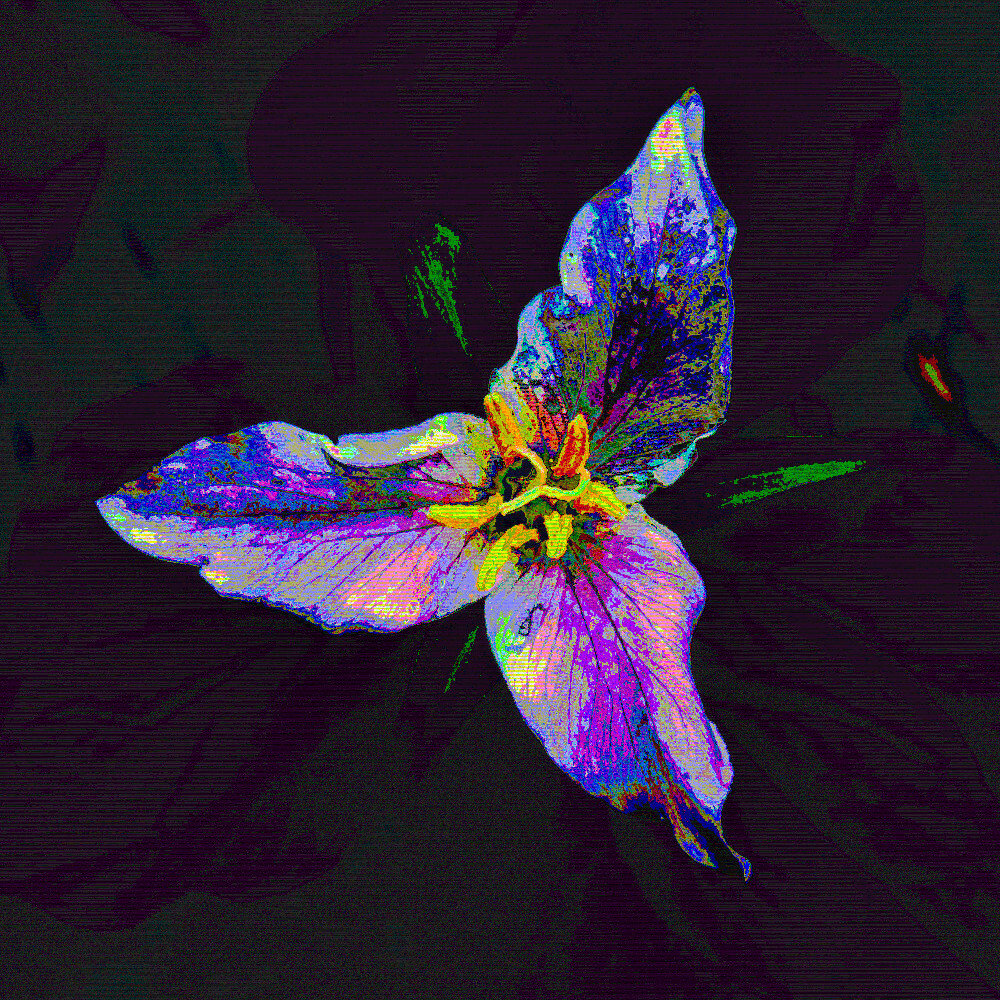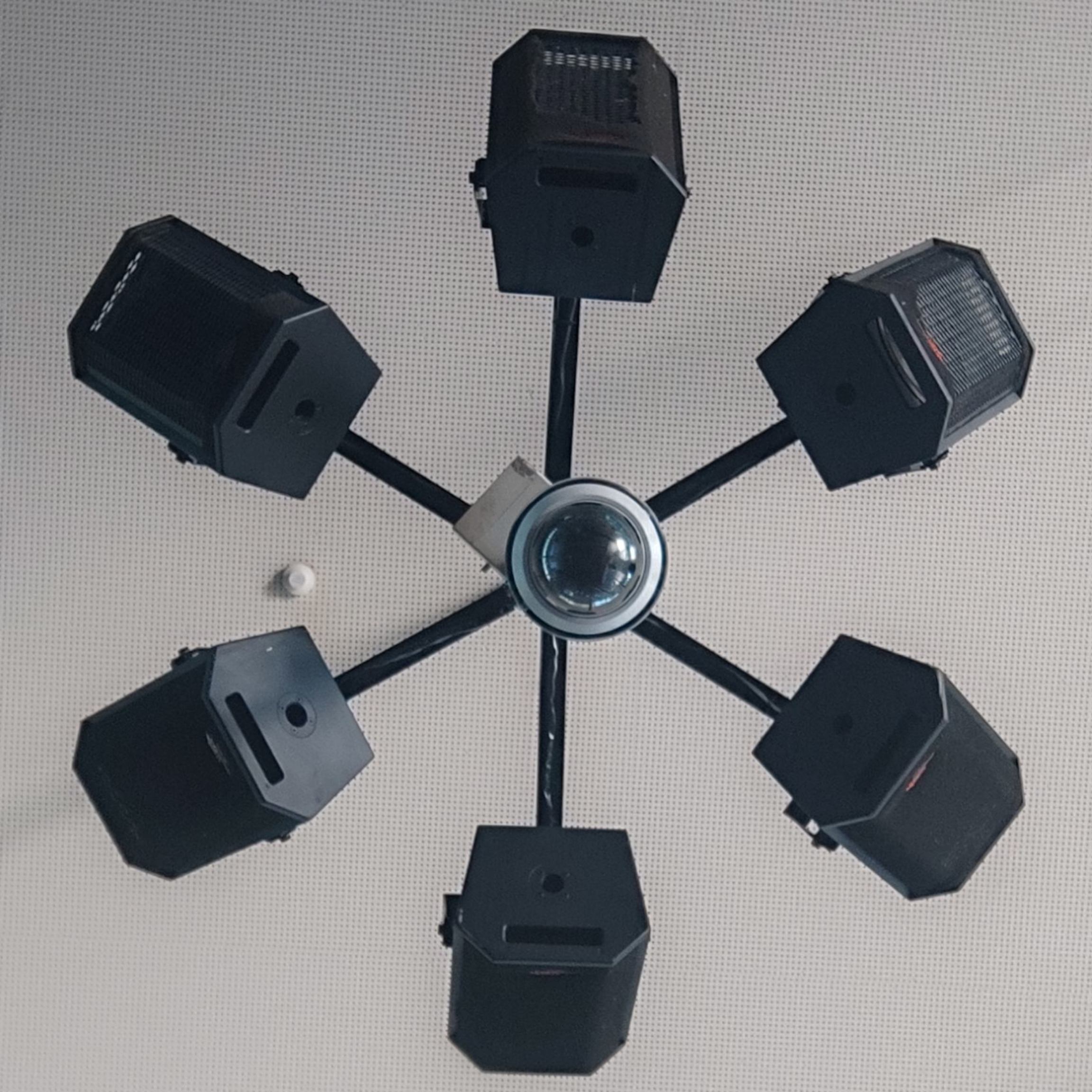So is it in anyway related to mushroom?
it’s a plant, but rather than photosynthesizing, it is what’s called a mycoheterotroph, which means it gets its nutrients by siphoning stuff from fungal networks in the soil, so, sorta?
It is a plant, just of a sort that has turned to parasitism I suppose for its nutrients. I believe they are part of a larger family of plants named saprophytes.
The other person is correct in calling it a mycohrtetotroh, sporophyte implies it lives of decaying plant matter which it doesn’t. Plants like these are interesting, no chlorophyll, what your seeing is only the flower and stem, the leaves are highly vestigial, there’s no main stem
Ah! Thanks for the clarification. I should’ve done a side-search to check before posting.
Hmm, wikipedia says… “… Instead of generating food using the energy from sunlight, it is parasitic, and more specifically a mycoheterotroph” though.
this species tend to be “more common” but its very unusual that it shows up on different continents, but not in a continious population, disjunct its called. it occurs north america all the way to china, russia, india, ,etc. but tends to be rare consider how fickle these plants are(super specific fungi and environment). thier seeds are most similar to orchids(which can be partial or full mycoheterotroph). fun fact there used to be another type of mycohetroph in the americas, this is even more unusual since its mostly found in asia(around 100+ species i think a ton got discovered in the last few years i have been keeping up with this genus is really interesting) thismia americana was suppose to grow in lake calumut area, but it went shortly extinct(that we know of) after it was discovered, they had been trying to find this plant ever since, 1912(by Pfiffer)(another species in asia wasnt seen for 151 years after it was discovered until 2017(South america has thier own thismia(but its likely they are a different genus ). because mycohetereotrophs are rarely seen plants,(you wouldnt know its there unless flowering), like a normal plant you know its there even without leaves, it has stems, branches etc.
i was on the sub for plant ID, and they had gnome plant once posted(pretty rare in the redwood forest in the north west pacific coast), and monotropa hypotytis.
Ghost Pipe is a fungi.
I get most of the tweet but not the “who would post this?” part.
Wouldn’t everybody post it?
No only super special nerds like me, I’m so quirky.
the only difference is that non-nerds would likely include a sentence about how it’s the only cure for gout or something, for extra clicks
Mycoheterotrophs are also quite uncommon and rare in some areas, so pulling them out is discouraged. Although uniflora is common in some parts, it doesn’t flower like a normal plant
The Jim Rose circus is a famous counter-culture performance. At the show I saw a woman put paint in her butt and farted it onto a canvas. There was also light bulb eating, further nudity, chainsaw juggling etc
In that context, it would be surprising to see them tweet about botany, making this kinda a joke tweet in itself that they would tweet this, which is why it has the commentary.
Ah thanks for the context!!
They’re really cool little plants, I see them sometimes on trails when out hiking and it’s always a treat.
There’s rarer ones like in the family, like gnome plant and hypotytis, and the famous snow plant. Fun fact orchids are partial mycoheterotrophs, and some species have become much the same way as these plants, lost all its chlorophyll, the sad thing is mycoheterotph in general are quite rare, as their associated with specific fungus and environment. I think the Chinese have managed to cultivate one species of gastrodia orchid( full mycoheterotroph), the others are very rare species, and a lot are recently discovered, because they don’t show up every year
Walter H. Prest described the plant as having an asparagus-like flavor once cooked.
Yeah I would expect this to just instantly kill me.
maybe he did as well
deleted by creator
Totally thought I was replying to a different thread lol. Ugh brain.
And it has glycosides too! So it may also be toxic to humans.
deleted by creator
deleted by creator
So can we smoke it?
Only once.
These are very common where I live. Until now, I only knew about the common name “Indian pipe.”
Oh my god, this brought back memories!
I had a book as a small child about various weird plants. Pitcher plants, water lilies, stuff like that. I remember reading about a plant with no chlorophyll called the ghost plant or something and thinking it was the coolest thing ever, but I could never find that book again. This was also before I knew how to use the internet so I had no way of looking up the plant, thanks for reminding me of it!
did you know all orchids mycohetrotrophs, they all depend on fungus to germinate, because thier seeds are like tiny and have no food source. some orchids. had taken it further and become something similar like this plant, no chorophyll. we can cultivate phalnopolis(and sell them as house plants) because these are one of the few ones we can artificially germinate the plant, and gastrodia elata is one of the species of fully mycohetrophs that can be cultivated, the other species in the same genus, not so much, very difficult(because they need specific fungal specie and conditions).
its unheard for other mycoheterotrops for the same reason.











